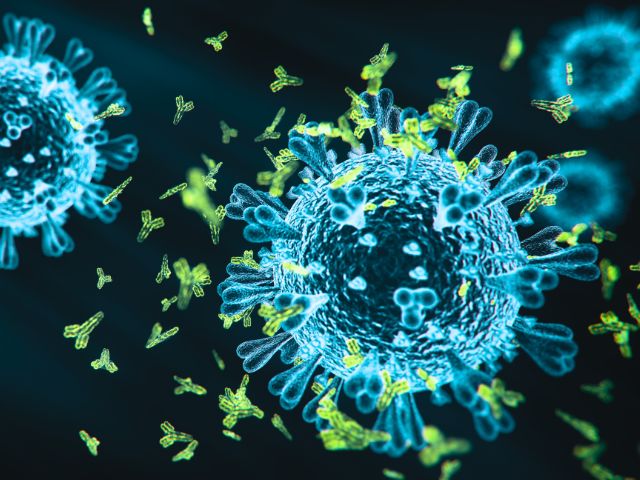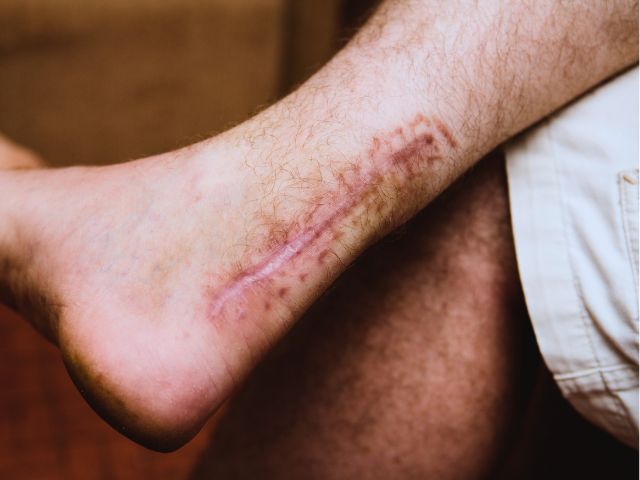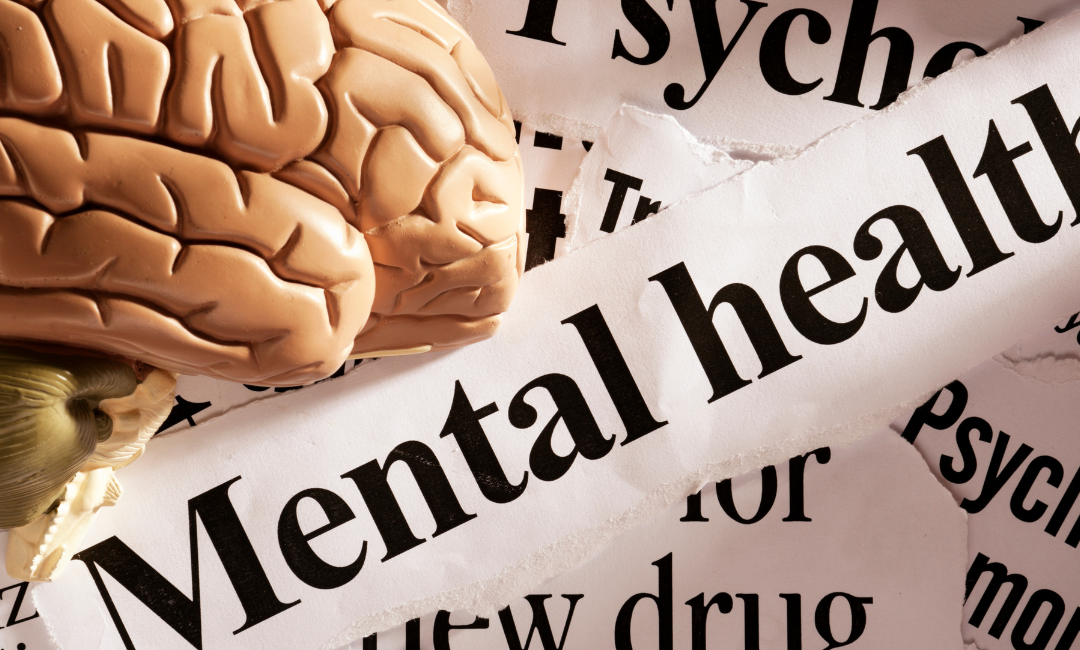Sequelae and COVID-19
The term “sequelae” is not commonly used; however, one of its most common associations today is COVID-19. Also referred to as “long COVID” or “post-COVID syndrome,” sequelae of COVID include health problems and complications that occur after the onset of the disease. Estimates show that about 20 million people worldwide have recovered from COVID-19. However, there are now reports of patients experiencing long-term complications from the disease, some severe.
In one study, the most common long-term COVID-19 complications (or sequelae) were cardiovascular, pulmonary, and neurological-related. These included myocardial injury (i.e., inflammation and myocarditis), thrombolytic disease, pulmonary dysfunction (i.e., interstitial thickening and fibrosis), encephalitis, and seizures. These occurred three to six months after the onset of COVID-19. Other symptoms included headache, vertigo, loss of sense of smell and taste, significant mood swings, and brain fog.
In another report, researchers studied the effects of COVID-19 one year after the onset of the disease. Results revealed that patients experienced fatigue/weakness, breathing problems, and joint problems. Depression, anxiety, memory loss, difficulty concentrating, and insomnia were also listed. The study also found that women were more likely to experience sequelae of COVID-19 after a year.









